Fame is a curious thing. Two people will devote their lives to working toward the same world changing goal, with one gaining global recognition while the other slides into obscurity. So what makes one person famous while the other remains an unknown?
Good PR is often a part of it, of course. Other times people suffer from bad timing, and some are just overlooked by historians and the media for whatever reason, rendering their accomplishments and deeds largely ignored by the general public. So who are these historical “coulda-beens”? Well, it’s funny you should ask…
10. Joshua Lawrence Chamberlain
When you think “Civil War” you think of names like Robert E. Lee and Stonewall Jackson, but how many have ever heard the name Joshua Chamberlain? Aside from the most ardent civil war buffs, it’s a fair bet that most haven’t heard of the chivalrous professor from a tiny college in Maine who may have been more responsible for saving the Union cause at Gettysburg than any other man. Though lacking any formal military training, Chamberlain was eager to serve and enlisted in 1862.
Made a Colonel and put in command of the 20th Maine Regiment, he found himself anchoring the southern flank of the Union forces arrayed at Gettysburg and was tasked with fending off repeated assaults from General Oates’ 15th Alabama regiment as it tried to seize Little Round Top, a strategic hill overlooking the Union positions to the north. Had it fallen to the rebels, it would have seriously compromised General Meade’s position on Cemetery Ridge and probably forced him to withdraw to less defendable ground.
Through his moxy and unconventional tactics – including ordering a bayonet charge that managed to send the rebels to flight, a tactic which earned him the Congressional Medal of Honor – it could be argued Chamberlain did more to save the day than any other officer, yet history has largely forgotten him. He eventually became a General and was even present when Lee surrendered at Appomattox courthouse two years later.
9. Elisha Gray
Alexander Graham Bell is credited with the invention of the telephone, but you probably didn’t realize it all came down to his attorney’s punctuality. Had he arrived at the U.S. Patent Office just two hours later, we would be talking about Elisha Gray being the man behind the squawk box, and Bell would have been just another of a long line of men who missed their chance at fame and fortune.
Both men were working on the telephone at the same time, but Bell was the one with the patent and Gray was the one with the attorney who shouldn’t have stopped for lunch on his way to the patent office. Of course had Gray won the race to the patent office, Bell might well have still achieved a degree of fame. Unlike most inventors, he didn’t concentrate on a single invention but proved to have a wide range of interests that would lead him to develop groundbreaking inventions in the areas of optical telecommunications, hydrofoils, and even aeronautics.
8. Kia Silverbrook
People often consider Thomas Edison the most prolific inventor in history, but many would be surprised to know that he is far surpassed for that honor by a man who is still inventing today. Kia Silverbrook is an Australian inventor who started his first company at the age of 19 in 1977, and since then has been inventing all sorts of useful devices, many of which you probably use today without even knowing it. He currently has over 4,600 patents to his name, and almost 10,000 total patents or patent applications registered in the international patent document database.
So what has he designed? Silverbrook has made numerous inventions in the fields of digital music synthesis, digital video, digital printing, computer graphics, liquid crystal displays, robotics, 3D printing, DNA analysis, solar photovoltaics, image processing, microelectromechanical systems, cryptography, nanotechnology, microfluidics, semiconductor fabrication, and integrated circuit architecture to name just a few. It’s okay if you need to take a moment to catch your breath after reading that list, we certainly had to after writing it.
Sure, none of his inventions have been as flashy as Edison’s, but all of them have been essential in creating the high tech revolution we all depend on today, making him perhaps the most obscure influential person in the world.
7. Gustav Whitehead
The Wright Brothers are credited as being the first to flight, but it turns out that may not be entirely accurate. There was another man working on achieving flight at the same time who has been largely forgotten by aviation historians. In 1901 a little known German immigrant by the name of Gustav Whitehead not only demonstrated himself to be a competent glider pilot, but had built a number of small but powerful combustion engines that he used to power an elegant little flying machine he called, simply, Number 21.
Sleek and birdlike, the frail little machine may have actually achieved several minutes of sustained flight on the morning of August 14, 1901 with Whitehead at the controls, according to a handful of witnesses. Unfortunately, no photograph exists of the flight and there was only a single account of the flight recorded in a local Connecticut newspaper. Additionally, being an immigrant who spoke little English and had been known to exaggerate his accomplishments on occasion made it easy to discount his claims, and once the Wright Brothers achieved their success, Whitehead quickly found himself lost in the shuffle.
6. Anton Drexler
Most people assume that Adolf Hitler created the Nazi party back in the 1920s, but that wasn’t the case. The German Workers’ Party (the precursor the National Socialist Party) was actually the creation of Anton Drexler, who founded the party in 1919 during the aftermath of World War I. Hitler, it turns out, was actually an early convert to Drexler’s anti-Semitic, anti-Communist organization. In any case, Hitler’s power of persuasion and oratorical skills so impressed Drexler that he recruited him to be his propaganda chief, a move he would come to regret when within two years his protégé would rise so quickly through the party hierarchy that in July of 1921, Hitler actually displaced Drexler as head of the party and pushed Drexler into the background.
Drexler stayed on as honorary president until 1923, when he left the party for other pursuits. He rejoined the Nazis in 1933 after Hitler came to power, but remained little more than a propaganda tool until his death from natural causes in 1942. The sad thing is that had Drexler remained in charge, it’s unlikely his party would have achieved anything like the success it did under Hitler, and World War II might never have happened. The moral of the story here is that when one creates a monster, they must beware lest that monster turn on them.
5. John Alcock and Arthur Brown
While Charles Lindbergh became the 1920s equivalent of a rock star for his Transatlantic flight in 1927, he was far from the first to make a non-stop crossing of the Atlantic by air. In fact, the feat had actually been accomplished eight years earlier by two British aviators, John Alcock and Arthur Brown, in a modified Vickers Vimy bomber. The duo flew the rickety, two-engined plane from St. John’s, Newfoundland to Connemara, Ireland in June of 1919.
The flight, which covered just under 1,900 miles, took 16 hours and ended in a crash landing in a bog, but it demonstrated that Transatlantic flight was possible. The two men received some recognition for the flight afterwards but it was nothing compared to the much more public flight Lindbergh pulled off in 1927. The reason for this is two-fold: first, Alcock and Brown were not performing their feat as part of a contest, but as more of a test flight for the Vickers Aircraft company. And second, they didn’t perform it solo. Additionally, Lindbergh flew from New York to Paris – a much longer and more demanding route – and there was also the added thrill that others had died in the attempt to accomplish the task.
4. Lothar Von Richtofen
The Red Baron, Manfred Von Richtofen, remains the most famous flying ace of World War I. What few people remember, however, is that he had a brother named Lothar who was also a fighter pilot and had a record nearly as impressive. Lothar shot down 40 aircraft, and both took command of the same squadron, making their careers almost a partnership. For some reason, however, Lothar never got the recognition his older brother received despite the fact that he was one of the most efficient and prolific fighter pilots of the war.
Perhaps one reason is that he survived the war, and fighter pilots who die in battle strike a far more romantic image than those who live through the carnage. He also had a pedestrian career after the war, flying passengers and mail between Berlin and Hamburg, which was hardly the sort of death-defying, pulse-pounding profession you’d expect from flying ace. Lothar didn’t outlive his brother by much, perishing in 1922 when the engine on his plane failed. He doesn’t even have a gravesite anymore, as the cemetery he was buried in was leveled after the territory was transferred to Poland after the war.
3. Amy Johnson
Amelia Earhart was the undisputed darling of the press during the 1930s for her long-distance flying records, but she was nearly eclipsed by another female pilot named Amy Johnson. Earhart’s British contemporary and rival set a number of long-distance flying records as well, including becoming the first woman to fly solo from England to Australia – a journey of over 11,000 miles – in 1930. She was setting records before Earhart really got started, and might well have beaten her across the Atlantic and the Pacific, if not for the fact that Earhart received far more financial backing and public support thanks to her marriage to publishing tycoon George Putnam.
When Earhart disappeared over the Pacific in 1937, female aviators largely fell out of the public eye, and Johnson ended up in relative obscurity. In a footnote as tragic as Earhart’s, she also lost her life while flying, this time as ferry pilot for the RAF in World War II. Lost in the fog while ferrying a plane to its base, her aircraft ran out of fuel, forcing her to parachute. Landing in the frigid Thames River, she apparently succumbed to hypothermia and was presumably washed out to sea. Like Earhart, her body was never recovered.
2. Alfred Russel Wallace
While Charles Darwin is credited with being the man behind the Theory of Evolution, it was actually another British naturalist whose theory of natural selection would inspire Darwin’s ground-breaking Origins of the Species. Alfred Wallace was an anthropologist and explorer, as well as a contemporary of Darwin’s, who had written numerous papers on the subject of natural selection, demonstrating that the two men had come up with essentially the same idea independently of each other.
The reason Darwin is so much better known is because he had the good sense to write an entire book about the subject, while Wallace was content to simply publish his ideas as a series of articles in scientific journals. Darwin used a much larger audience and platform to popularize his controversial ideas, while Wallace seemed to have been more interested in continuing his travels and studies on biogeography. These days Darwin gets most of the credit, all because he understood the power of the written word better than Wallace.
1. Philo Farnsworth
Most people can tell you who invented the telephone or the light bulb or the steam engine, but how many people can name the inventor of television? It seems remarkable that one of the paramount features in most people’s lives has such a murky history, but that’s the case with what might be described as one of the most influential and impactful inventions of all-time. Television was really the brain child of a boy genius named Philo Farnsworth, who first demonstrated a crude but working example of what was called an “image dissector”in 1927 at the ripe old age of 21.
That first image was just a straight line, but by 1929 he had improved his basic design enough that he was able to transmit a very blurry image of his wife onto a three inch surface. The reason you’ve probably never heard of him is because he passed on an offer by Westinghouse to buy out his patents and work for them, preferring instead to create his own company. Unable to compete with his much larger rival, he remained a prodigious yet obscure inventor up to the time of his death in 1971.
Jeff Danelek is a Denver, Colorado author who writes on many subjects having to do with history, politics, the paranormal, spirituality and religion. To see more of his stuff, visit his website at www.ourcuriousworld.com.
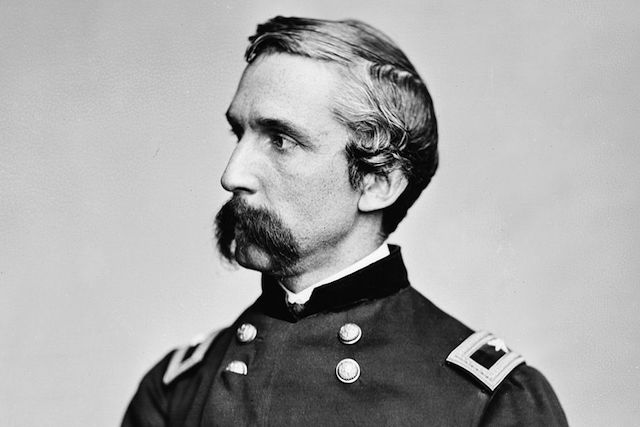
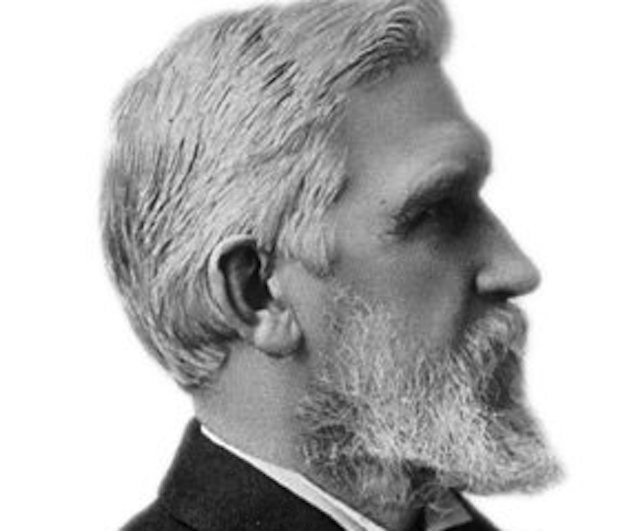
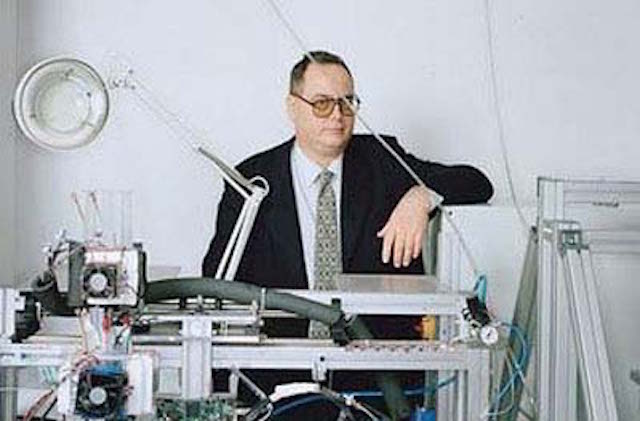
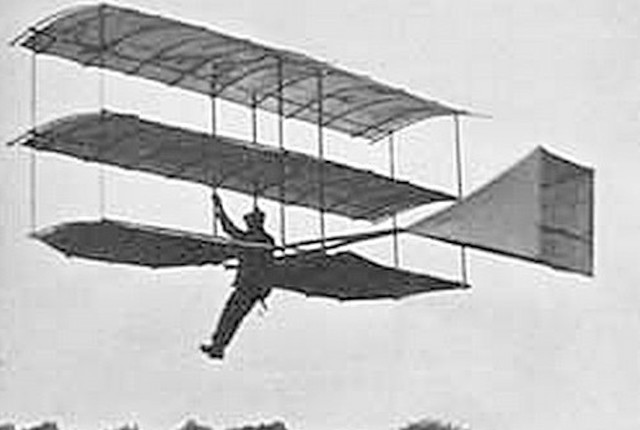
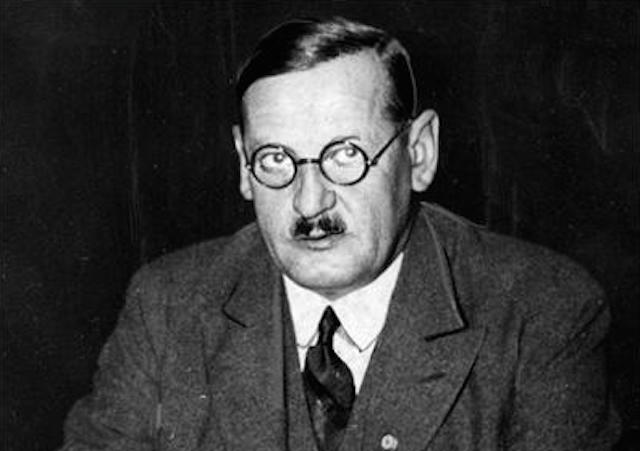
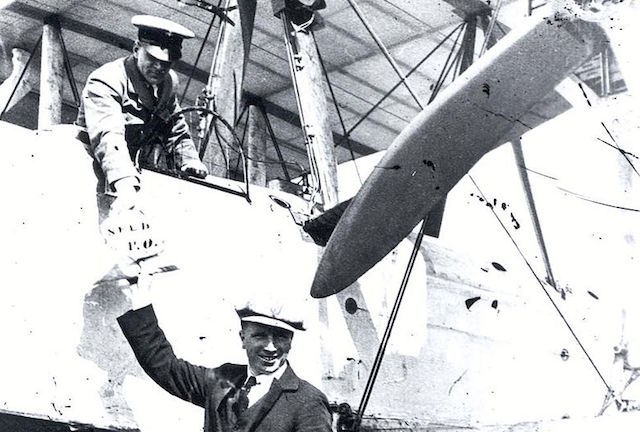
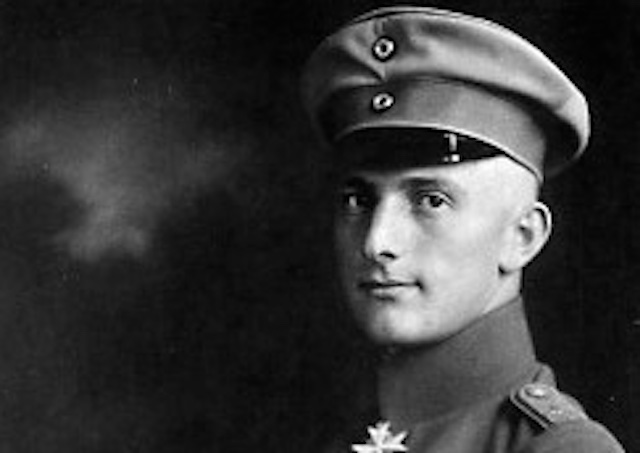
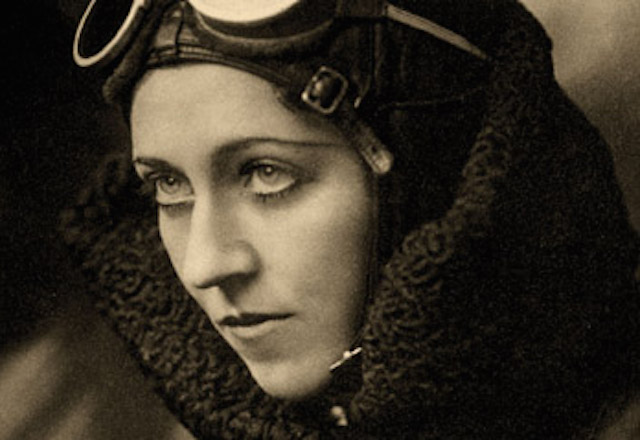

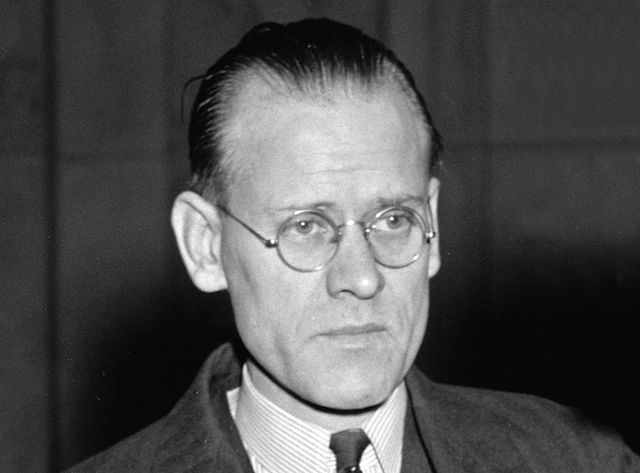
7 Comments
I agree with yellow cube. this is a topic i am rather familiar with and if you look it up you will indeed find him on the list.
I have heard of Philo Farnsworth numerous times and I don´t believe he should be on the list. All people that have researched early inventions would know of this pretty famous person. If you look it up, you will find that he is one of the first people to show up on the list.
TRIANGLE, that is rude and should NOT be said.
“The Red Baron” is not on the list! But his brother is!
I have heard the story of Elisha Gray and Philo Farnsworth many times. Of course who has not heard of “The Red Baron”. These three people should not be on this list — period.
your opinion is wrong
Ur fat too.